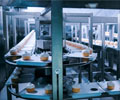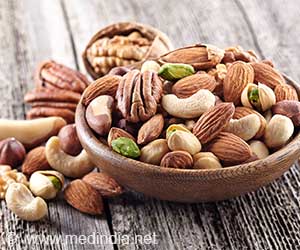Cross-circulation technique maintained the viability and function of the donor lung and the stability of the recipient over 36 to 56 hours.
Highlights
- Cross-circulation could be re-configured to help recover damaged donor organs.
- Cross circulation is an abandoned surgical procedure used in the 1960s to exchange blood flow between two patients.
- The technology works on a dynamic system capable of height and hydrostatic pressure adjustments.
TOP INSIGHT
Cross circulation could be readily extended to recover other organs that are in high demand for transplant or in need of repair, including livers and kidneys.
Rather than attempting to build new lungs, the scientists developed strategies to rescue damaged donor lungs. One approach was to use a stem cell therapy of the lung to replace defective cells with new therapeutic cells derived from the transplant recipient. While this technique was applicable to low-quality lungs that are rejected for transplantation, there was a problem: the support of the lung outside the body was too short for the therapeutic cells to start improving lung function.
“Cross circulation"--an abandoned surgical procedure used in the 1960s to exchange blood flow between two patients--was examined to enable long-term support of living organs outside the body by providing critical systemic and metabolic factors that are missing from all current technologies.
The team embraced this idea and devised an entirely new approach to support lungs outside the body long enough to enable therapeutic interventions needed to recover their health and normal function.
"This is the most complex study we have ever done, and the one with the highest potential for clinical translation," Vunjak-Novakovic says.
The team’s breakthrough was realizing that cross-circulation could be re-configured to help recover damaged donor organs. "Our cross-circulation platform will likely allow us to extend the duration of support to a week or longer if needed, potentially enabling the recovery of severely damaged organs," observes O’Neill. "Beyond prolonging support time, we also demonstrated several therapeutic interventions that vastly improve and accelerate recovery."
To allow for adequate blood flow into and out of the lungs during cross-circulation, they developed new components and techniques and used a donor vessel as a "bio-bridge." They engineered a dynamic system capable of height and hydrostatic pressure adjustments and feedback-regulated pressure-controlled flow.
They also developed image-guided techniques for the controlled delivery of drugs and cells in precisely targeted regions of the lung without the need for repeated lung biopsies. "As our work progressed, we continued to innovate out of necessity and refine and streamline our cross-circulation setup and procedure," says Guenthart.
The researchers say their new platform could be readily extended to recover other organs that are in high demand for transplant or in need of repair, including livers and kidneys, and they have already begun studies in these directions. "Cross-circulation has proven to be a valuable tool for investigation and has fostered interdisciplinary collaborations," Bacchetta says.
"Our study is giving researchers new opportunities to investigate donor-recipient immunologic interactions, therapeutic cell delivery, stem cell differentiation, acute lung injury, and the development of new pulmonary theranostics."
Vunjak-Novakovic adds, "Our goal was to develop a platform that harnesses the full potential of tissue engineering and regenerative medicine toward organ rescue. We hope that our unique technology will benefit the many patients in need and help them live fuller and happier lives."
Reference
- Gordana Vunjak-Novakovic et al., Cross-circulation for extracorporeal support and recovery of the lung, Nature Biomedical Engineering (2017) http://dx.doi.org/10.1038/s41551-017-0037.
Source-Medindia
 MEDINDIA
MEDINDIA

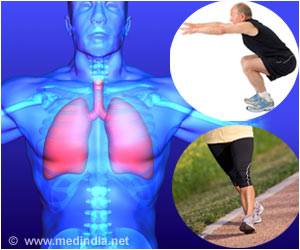
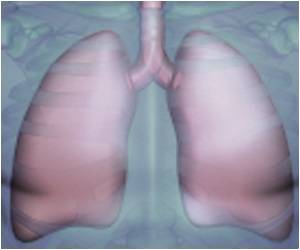

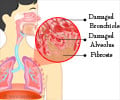
 Email
Email
